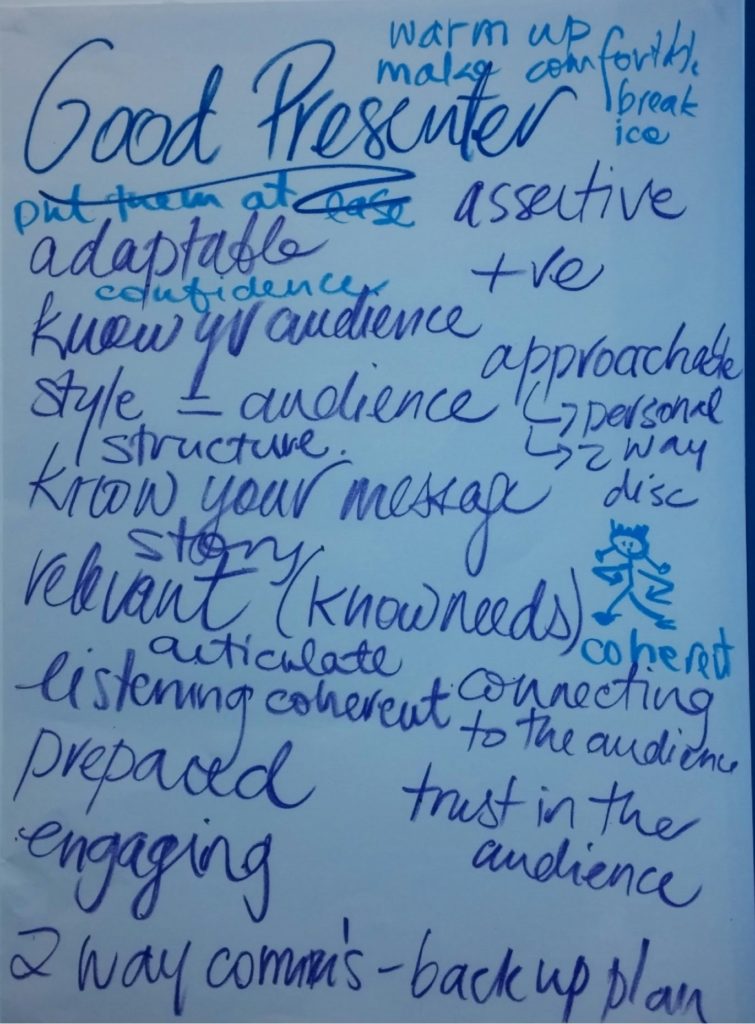I love David Epstein’s bulletin – I enjoyed Range: why Generalists Triumph in a Specialised World, his most recent book, and didn’t actually get to the end of it (life being what it is). But subscribing to the bulletin is just great – infrequent enough for me to welcome its arrival in my inbox, specific enough to interest me more than 50% of the time, and wide-ranging, of course.
This weeks’ post had these ideas for the next offsite. It’s an interview with Dan Coyle, who recently wrote The Culture Playbook, and The Culture Code.
Ah, icebreakers! …Every icebreaker begins with terror and avoidance — do we have to do this? And then when people take the leap, things shift. The room comes alive. When they’re done well (i.e., not for inauthentic or manipulative reasons, but with curiosity and good will), people don’t merely tolerate the experience, they are lit up by it. Why? Because that moment of shared vulnerability creates a profound burst of connection and trust. All our lives, we’re taught that you have to build up trust before you can be vulnerable. Icebreakers are proof that we’ve got it exactly backwards. Moments of vulnerability, when shared, ignite connection.
He links to Arthur Aron’s interpersonal closeness questionnaire, which I know as the 36 questions. There’s somewhere a NY times article promoting it, i have found a card pack with them on, and an app. There’s even a podcast musical based on the idea.
Brent Bell, a University of New Hampshire professor … freshmen …struggling with the transition from high school. So, he set up a “Fear in a Hat” exercise where he had a group of incoming students write down their fears anonymously on slips of paper, and then take turns pulling each fear out and reading them aloud. Finally, they coached each other on how to navigate their fears. The exercise illuminated the fact that they all shared the same small set of fears. Which, as it turns out, weren’t academic, but more about making friends. Bringing those fears to the surface not only reframed those fears in a positive way, it created a cohort where they could navigate them together.
He outlines the features of a great icebreaker:
surfacing shared experiences, creating a space for developmental conversations, and, above all, being creative and entrepreneurial in developing the icebreaker
4-Hs, and it goes like this: get in groups of 4-6, and ask everybody to take a few minutes to reflect silently on four questions: 1) Who is your biggest hero? 2) What was your biggest heartbreak? 3) What is your family history? 4) What is your hope for the coming year? Then have each person share their answers with the group, spending about 5 minutes each. You’ll be impressed and moved at the stories that emerge, and how those stories add depth and dimension to your sense of each other.
psychological safety doesn’t just happen — it’s built through the continual exchange of belonging cues. Belonging cues are small, repeated behaviors that send a clear signal: You matter. I hear you. We care. We share a future.… the power of belonging cues — they are connective tissue for the group brain… safety is not about wrapping people in fleece and making them comfortable. Rather it’s about creating conditions where you can be uncomfortable together.
I adore this first day ritual that Dan Coyle mentions:
Francesca Gino and Bradley Staats, who did a one-hour intervention with new hires at a call center.
Group A got a standard hour of training, learned the history of the company, met a star performer.
Group B, they flipped it. Instead of telling the group about the company, they asked Group B a series of questions that served as belonging cues — questions like,
What happens on your best day?
What happens on your worst day?
If we were marooned on a desert island, what skills would you bring to our survival?
Seven months later, retention in Group B was 270% higher than in Group A.
That is, Group B felt more connected, more in sync. Group chemistry feels like magic, but it’s not magic — it’s belonging cues, delivered at the right time. And there’s no time better than Day One.
Coyle proposes an exec send a Three Line Email to get development feedback for themselves:
What is one thing I currently do that you’d like me to continue to do?
What is one thing that I don’t currently do frequently enough that you think I should do more often?
What can I do to make you more effective?
I loved this article so much I have forwarded to most of the leaders I am currently coaching. Can’t wait to read the entire book. Coyle’s website is well-worth a visit too. Scroll down to the section called “Build your Game Plan”
And because I have to put this somewhere, a quote from no doubt a podcast, but i can’t tell you which one:
virtual interaction uniquely hinders idea generation—we find that videoconferencing groups generate fewer creative ideas than in-person groups due to narrowed visual focus, but we find no evidence that videoconferencing groups are less effective when it comes to idea selection.






